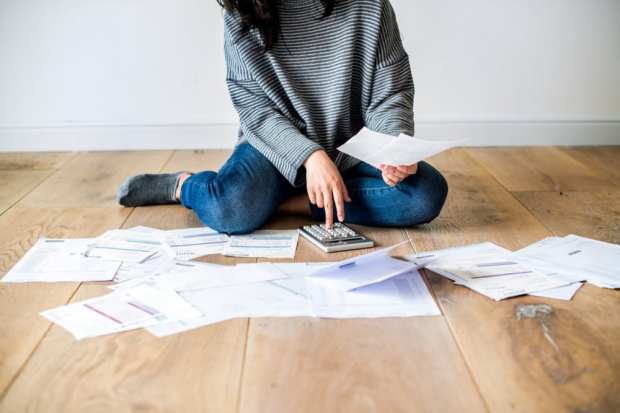More Americans Inch Toward Maxing Out Cards

Taking it to the limit, indeed.
News came this week that global debt – that which is shouldered by governments and the private sector – is several hundred percentage points of the GDP. News also has come in the past few weeks that, as evidenced by bank earnings, credit card debt has been on the rise, as have write-offs and provisions for loan losses.
Now, in a bit more evidence that debt may be getting … well, a bit unwieldy, WalletHub has estimated that one in three people are afraid they would max out their credit cards when making a large purchase.
How large is large? In this case, “large” would be a purchase over $100.
As reported via CNBC, the data translates into 86 million Americans (that would be the one in three referenced above) that could max out their cards. Maxing out would mean, according to WalletHub Analyst Jill Gonzalez, that those individuals would be among the ones unable “to pay that [debt] off in a timely fashion.” She also stated that “maxing out your card essentially means you are overutilizing your credit.”
The average U.S. household carries just under $7,000 in credit card balances month to month, as estimated by NerdWallet.
And, as reported here and elsewhere, the debt load has been on an upswing, with credit card debt topping $1 trillion in the United States alone, which represents a peak not seen in roughly a decade (where, you might remember, we had the Great Recession).
Interest rates now top 17.4 percent, up more than 200 basis points in two years.
Digging a bit deeper across the 500 people surveyed, WalletHub said that lower-income cardholders were more likely to max out cards than higher earners.
Against that backdrop, Capital One said this past week that loan balances were up 8 percent in the latest quarter as measured year over year, in the United States, at $107.4 billion. At the same time, loan loss provisions tied to cards were up 29 percent to $1.6 billion.
Data released separately from the banks, amid rising rates, shows default rates up, too. As presented by Experian and S&P Dow Jones Indices, loan defaults through December of 2018 were up from November. The Consumer Credit Default Indices showed on a composite basis a boost of six basis points to .89 percent. Bank card default rates were up 25 basis points to 3.34 percent.
The old saying is that a few data points do not a trend make. But several data points, with dots connected … indicate that the heady days of credit may be reaching a limit.
